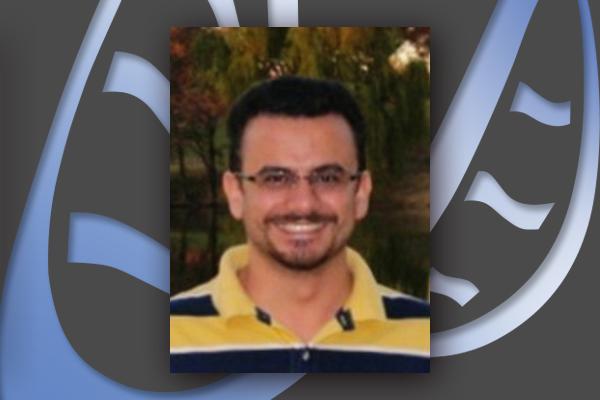
Amir Asiaee T.
Postdoctoral Fellow, MBI
Combination therapy utilized more than one drug to treat a disease. In oncology, the benefit of combination therapy is three folds. First, for a wisely selected combination, the hope is to get to the same efficacy of monotherapies in lower doses of each drug, and therefore reduce the toxicity and side effects. From an evolutionary point of view, a monotherapy attacks only a subpopulation of tumor cells and gives the selective advantage to the other cells that do not harbor the target mutation, which results in resistance to therapy and ultimately tumor relapse. Combination therapy can attack multiple pathways of cancer and therefore overcome resistance. Last but not least, as finding new therapies and passing all trials to get FDA approval is a time-consuming and costly process, combining already approved drugs seems to be a more cost-effective way of advancing cancer treatment. However, with more than 300 FDA-approved cancer drugs on the market, there almost 45,000 possible two-drug combinations to choose from. That level of complexity is one of the primary impediments to the advance of combination therapy in oncology.
The pipeline of finding effective drug combinations is as follows. First, we select two drugs that we hope they show synergy based on their chemical properties. We perform a grid search to find the best combination doses of the drugs, i.e., we combine n various concentrations of drug A with the same of drug B, which results in n2 tests. A typical value of n is 16 and therefore 256 tests with the required replicas are needed to answer if drugs are synergistic and in what doses. This experiment is called a full synergy experiment.
In this talk, I propose a novel pipeline in which by performing only a single test we can find if the combination is promising and worth moving forward with the full synergy experiment. This approach allows us to search for effective combination therapies in a data-driven manner and combine many drugs regardless of their chemical properties and expand our search landscape. The challenge of working with single doses is the sensitivity of experiments to outliers, batch effects, and the small sample size. I will explain our methods to address each of these issues.
This talk is free and open to the public.
